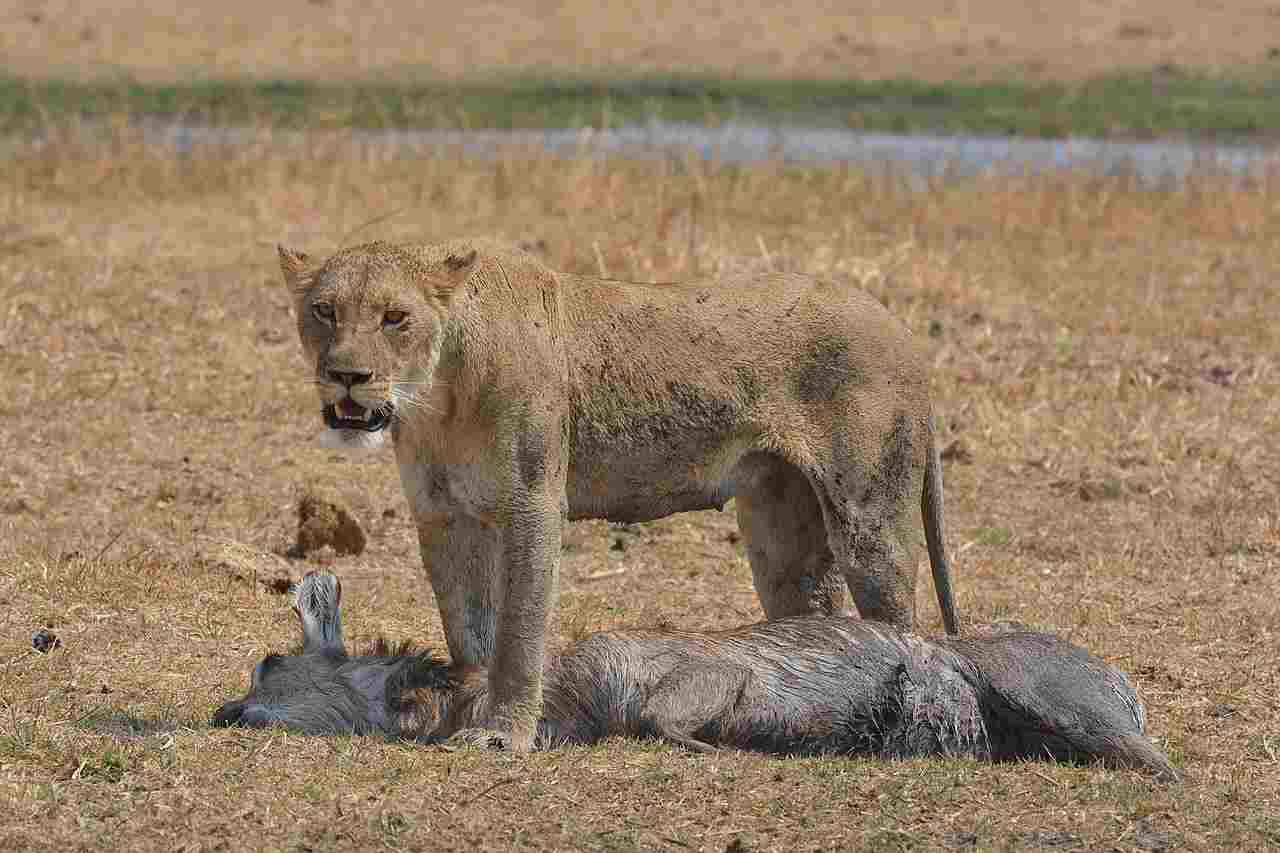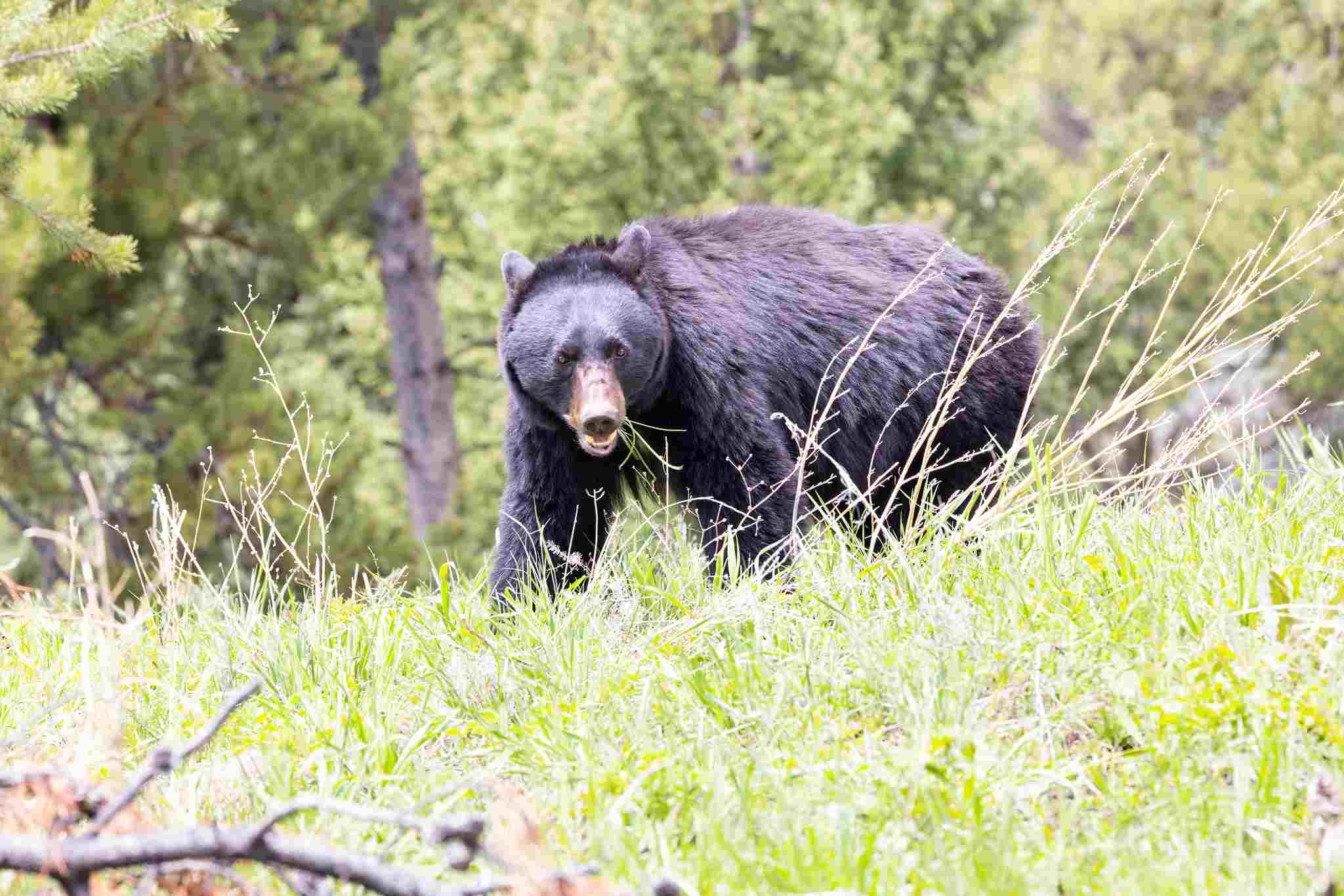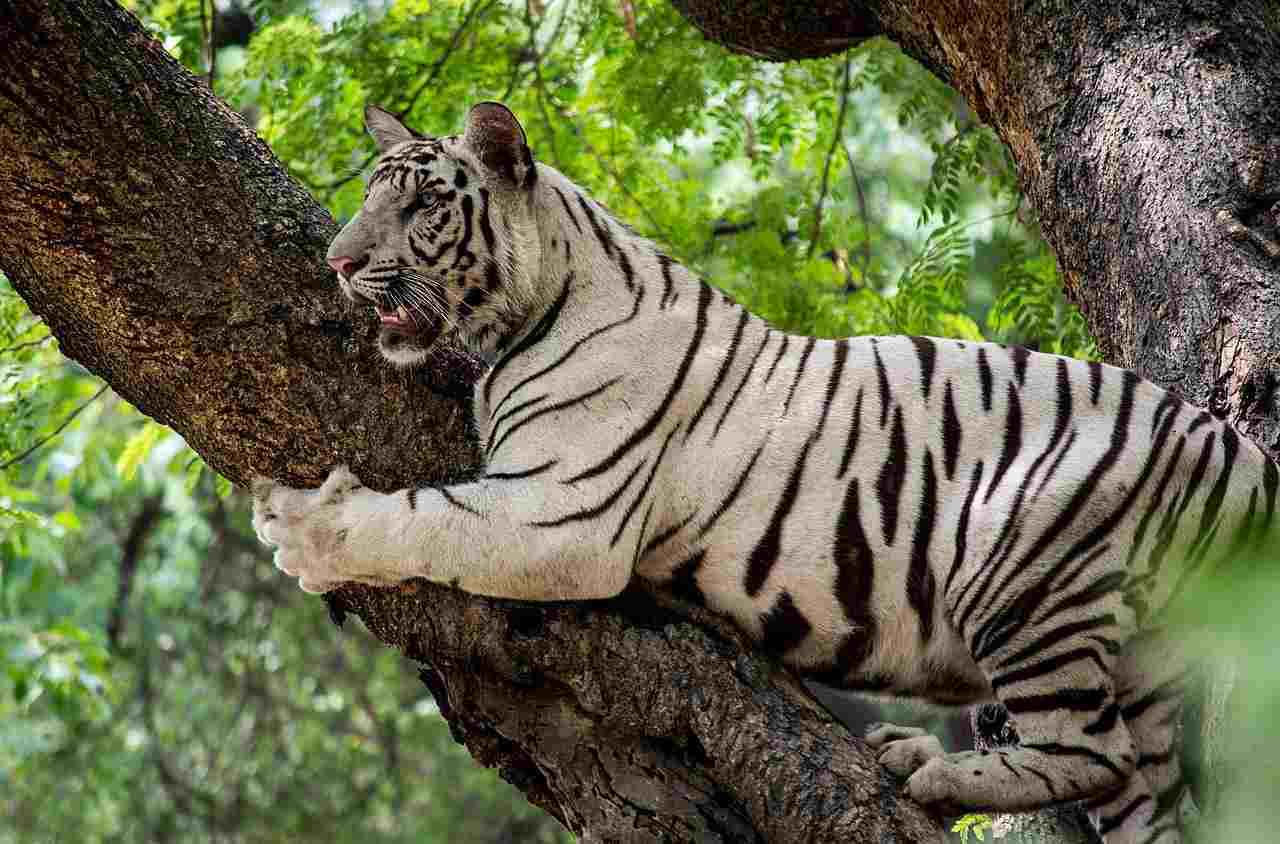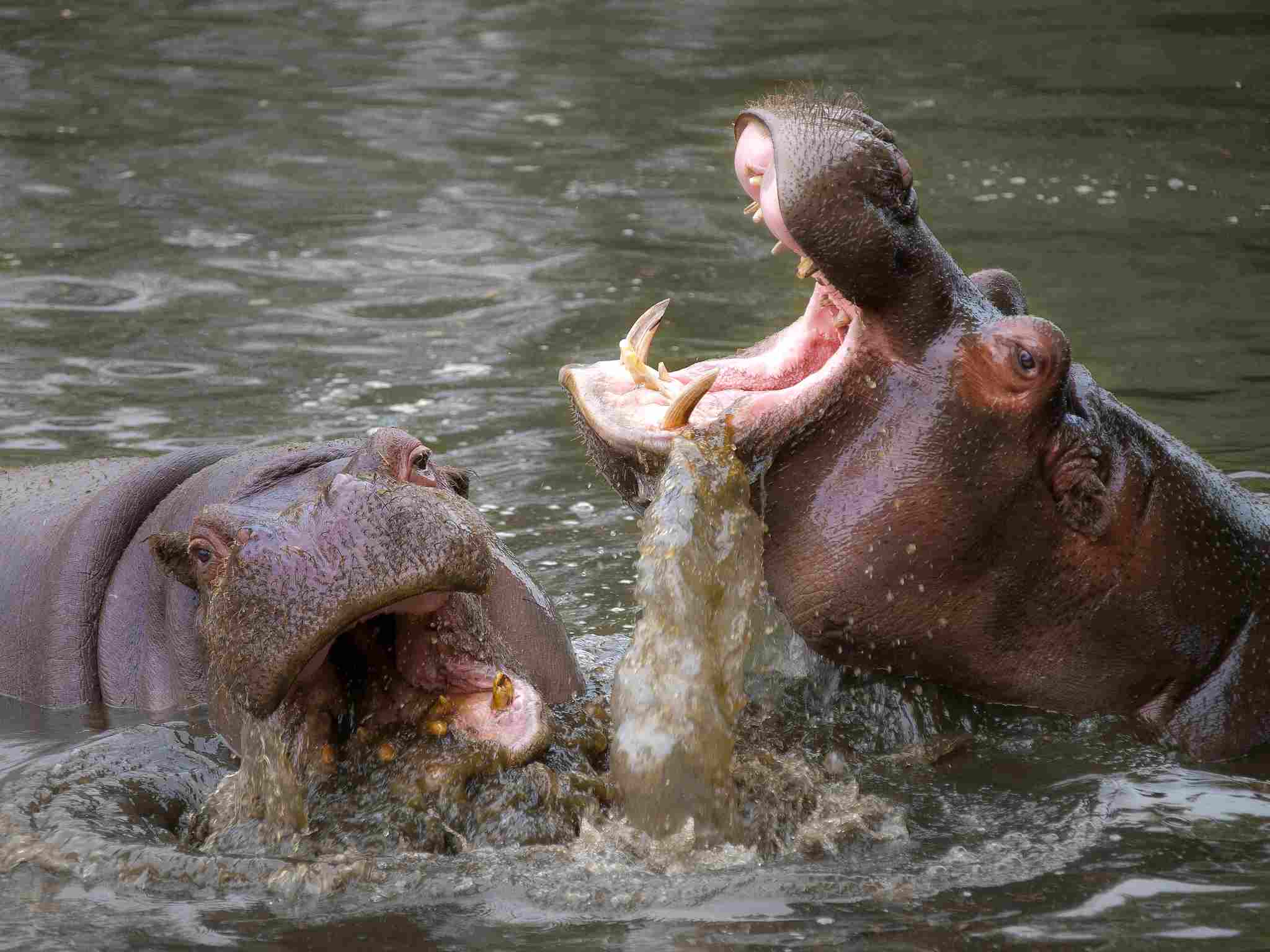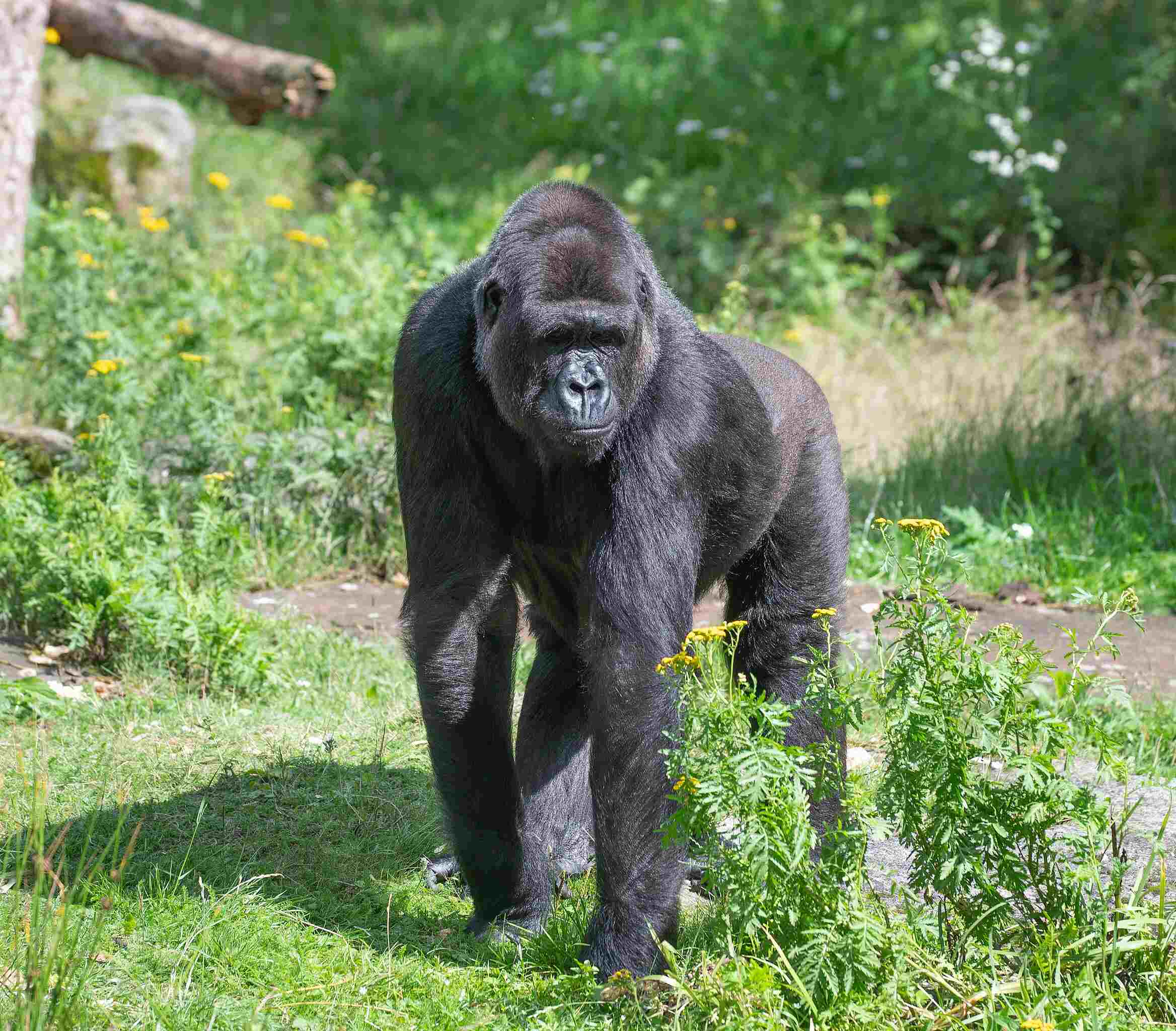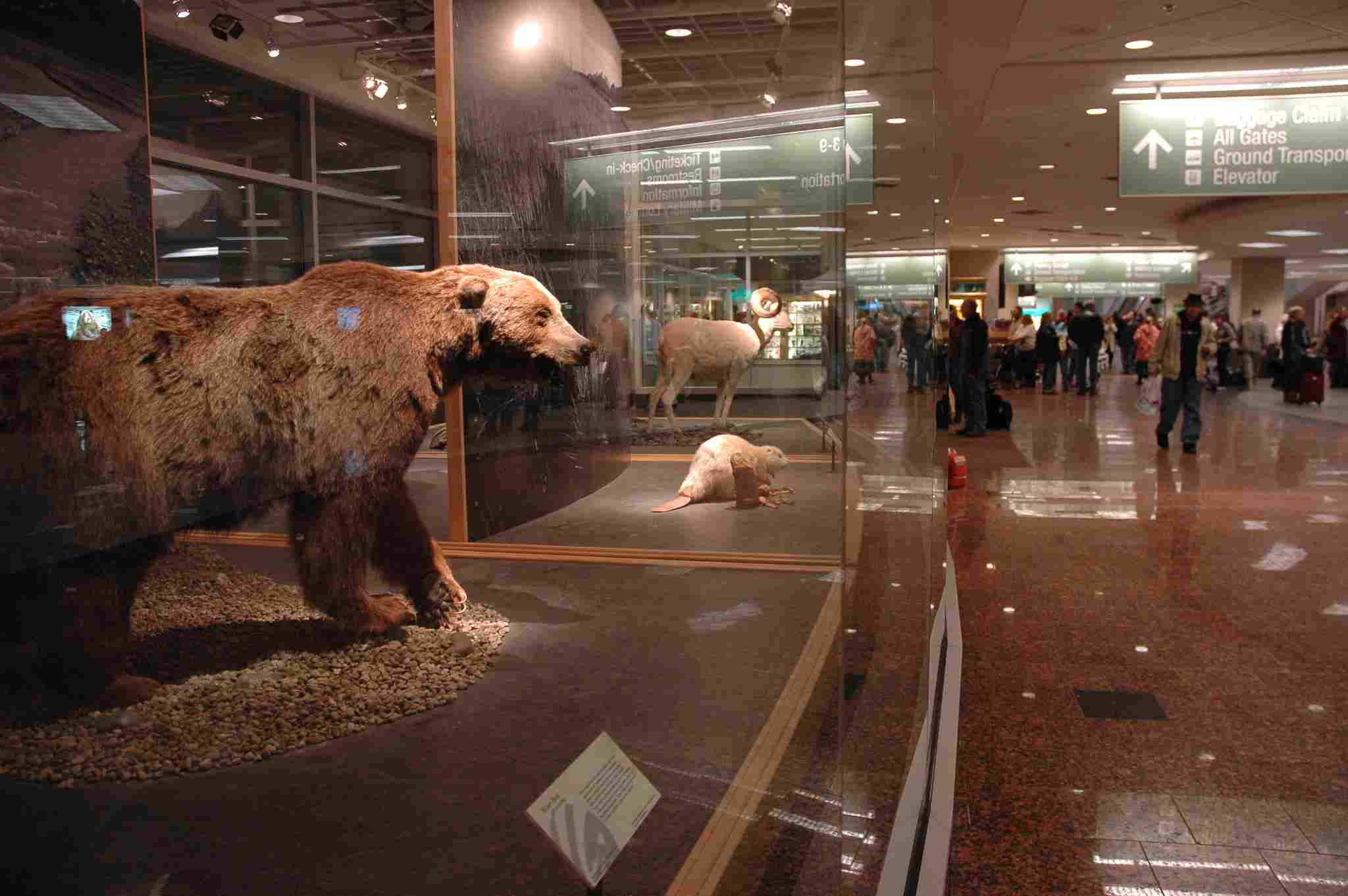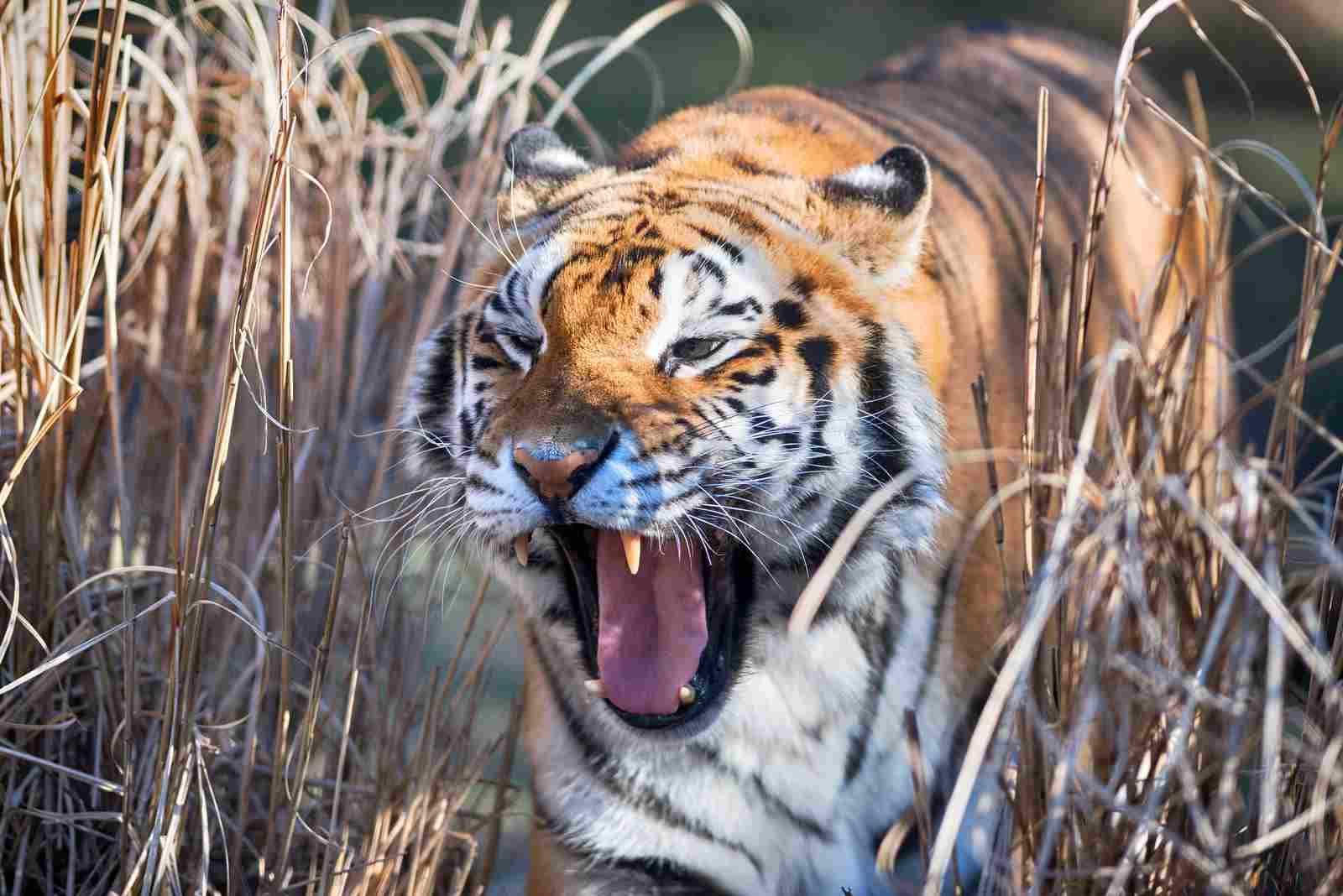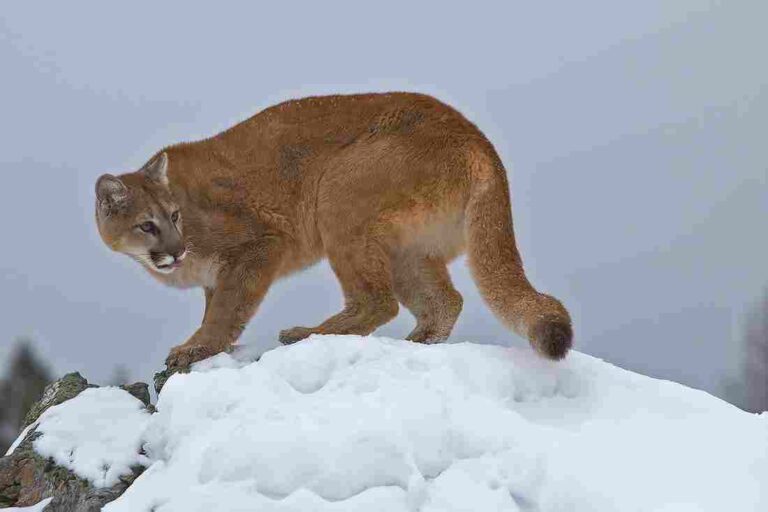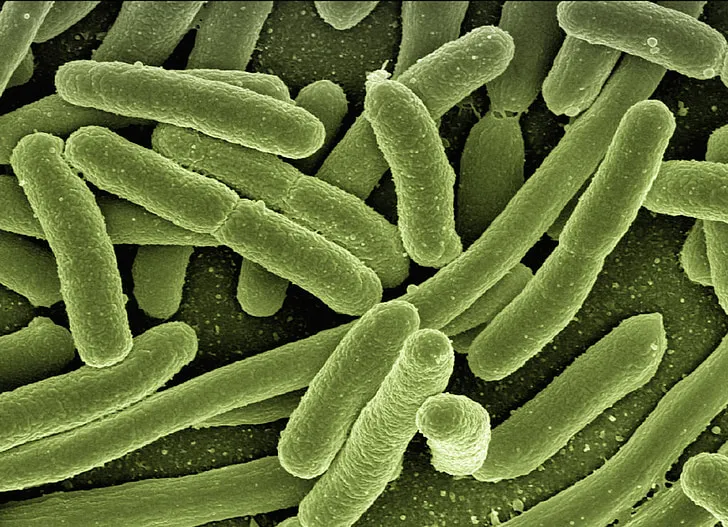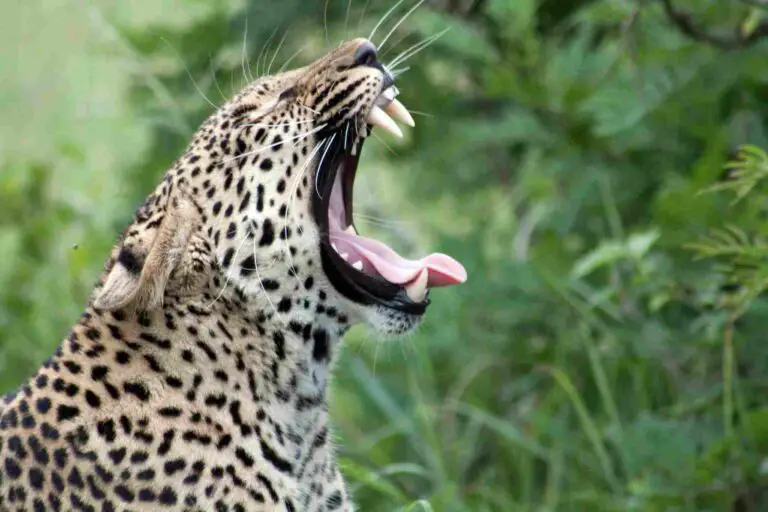Hippo Vs Grizzly Bear Size, Weight, Ecological Comparison
The hippo and grizzly bear are both formidable creatures, but when it comes to a direct confrontation, the hippo would likely overpower and kill the bear. However, there are several factors that can be used to compare these animals.
In terms of taxonomy, appearance, size, weight, bite force, and overall physical capacity, the hippo and grizzly bear have distinct differences. This article will delve into these factors to provide a comprehensive comparison between these two mammals.
Key Outcomes
*Biological Comparison
The hippo and grizzly bear are not biologically related in terms of genus and species. Despite their differences, a biological comparison between these animals reveals interesting insights. Both species are large mammals, but their physical characteristics and adaptations differ significantly. The hippo, belonging to the family Hippopotamidae, is a semi-aquatic herbivore known for its barrel-shaped body and massive jaws.
On the other hand, the grizzly bear, part of the Ursidae family, is a terrestrial omnivore with a muscular build and sharp claws. While the hippo is known for its aggression and territorial behavior, the grizzly bear is renowned for its strength and hunting abilities.
*Size and Weight Comparison
Hippos are larger and heavier than grizzly bears. Adult hippos can reach lengths of up to 15 feet and stand around 5 feet tall at the shoulder. In contrast, grizzly bears are generally smaller, with males averaging around 6.5 feet in length and standing about 3.5 feet tall at the shoulder.
In terms of weight, both animals are impressive. Adult male hippos can weigh up to 3,500 pounds, while female hippos can weigh around 2,900 pounds. On the other hand, adult male grizzly bears can weigh up to 1,500 pounds, with females weighing around 800 pounds.
*Physical Capability Comparison
On average, hippos are much stronger than grizzly bears, owing to their physical attributes, such as size, weight, and bite force, which provide insights into their relative strength. However, it is important to note that strength alone may not be the sole determinant in a fight between these two powerful creatures.
1). Taxonomy
The taxonomy of hippos and grizzly bears reveals interesting insights into their evolutionary history and biological classification. Hippos belong to the genus Hippopotamus, with two extant species: the common hippopotamus (Hippopotamus amphibius) and the pygmy hippopotamus (Choeropsis liberiensis). On the other hand, grizzly bears are classified under the genus Ursus, specifically Ursus arctos horribilis.
When comparing the taxonomy of these animals, it is evident that they belong to different genera and species, highlighting their distinct evolutionary paths. While both hippos and grizzly bears are mammals, their taxonomic classification places them in separate branches of the animal kingdom.
Understanding the taxonomy of these animals provides a foundation for further exploration into their physical characteristics, behavior, and ecological roles. By examining their genetic relationships and evolutionary divergence, we can gain a deeper appreciation for the unique traits and adaptations that have shaped hippos and grizzly bears over time.
In the next section, we will delve into the appearance of these animals, exploring their distinctive coats, fur, skin, and overall stature. This comparison will shed light on their physical differences and how they have adapted to their respective environments.
2). Appearance
The appearance of hippos and grizzly bears is distinct and adapted to their respective environments. Starting with their coats, hippos have a hairless, thick, and smooth skin that is mostly gray or brown in color. This unique skin texture helps them stay cool in the hot African sun and protects them from sunburn. On the other hand, grizzly bears have a dense fur coat that varies in color from light brown to dark brown, providing them with insulation in colder climates.
In terms of camouflage, hippos have a sleek and streamlined body shape that allows them to blend in with the water and vegetation in their aquatic habitats. This helps them avoid detection by predators and allows them to ambush prey more effectively. Grizzly bears, on the other hand, have a hump on their shoulders and a muscular build, which aids in their foraging and hunting activities in forested areas.
When comparing the stature and build of these animals, hippos are known for their large size and robust bodies. They have a barrel-shaped torso, short legs, and a massive head with a wide mouth. In contrast, grizzly bears are known for their powerful and stocky build, with strong forelimbs and sharp claws that enable them to dig, climb, and catch prey.
3). Size
When comparing the size of hippos and grizzly bears, it is evident that both animals are impressive in their own right. Hippos are known for their massive size, with adult males reaching lengths of up to 5 meters (16 feet) and standing at a height of around 1.5 meters (5 feet) at the shoulders. In comparison, adult female hippos are slightly smaller, measuring around 4 meters (13 feet) in length and standing at a height of approximately 1.3 meters (4 feet) at the shoulders.
On the other hand, grizzly bears are also formidable in size. Adult male grizzly bears can reach lengths of up to 2.5 meters (8 feet) and stand at a height of around 1.2 meters (4 feet) at the shoulders. Adult female grizzly bears are generally smaller, measuring around 2 meters (6.5 feet) in length and standing at a height of approximately 1 meter (3 feet) at the shoulders.
While both hippos and grizzly bears are large animals, hippos tend to have a more robust and bulky build compared to grizzly bears. This is reflected in their overall body size and weight.
4). Weight
When comparing the weight of hippos and grizzly bears, it is clear that both animals are incredibly heavy. Hippos are known for their massive size and weight, with adult males weighing between 1,500 and 3,200 kilograms (3,300 and 7,000 pounds). Adult female hippos are slightly smaller and lighter, weighing between 1,300 and 2,700 kilograms (2,900 and 6,000 pounds).
On the other hand, grizzly bears are also formidable in terms of weight. Adult male grizzly bears can weigh between 180 and 360 kilograms (400 and 800 pounds), while adult female grizzly bears typically weigh between 130 and 200 kilograms (290 and 440 pounds).
While both hippos and grizzly bears are heavy animals, hippos outweigh grizzly bears by a significant margin. The sheer bulk and weight of hippos contribute to their overall strength and dominance in their respective habitats
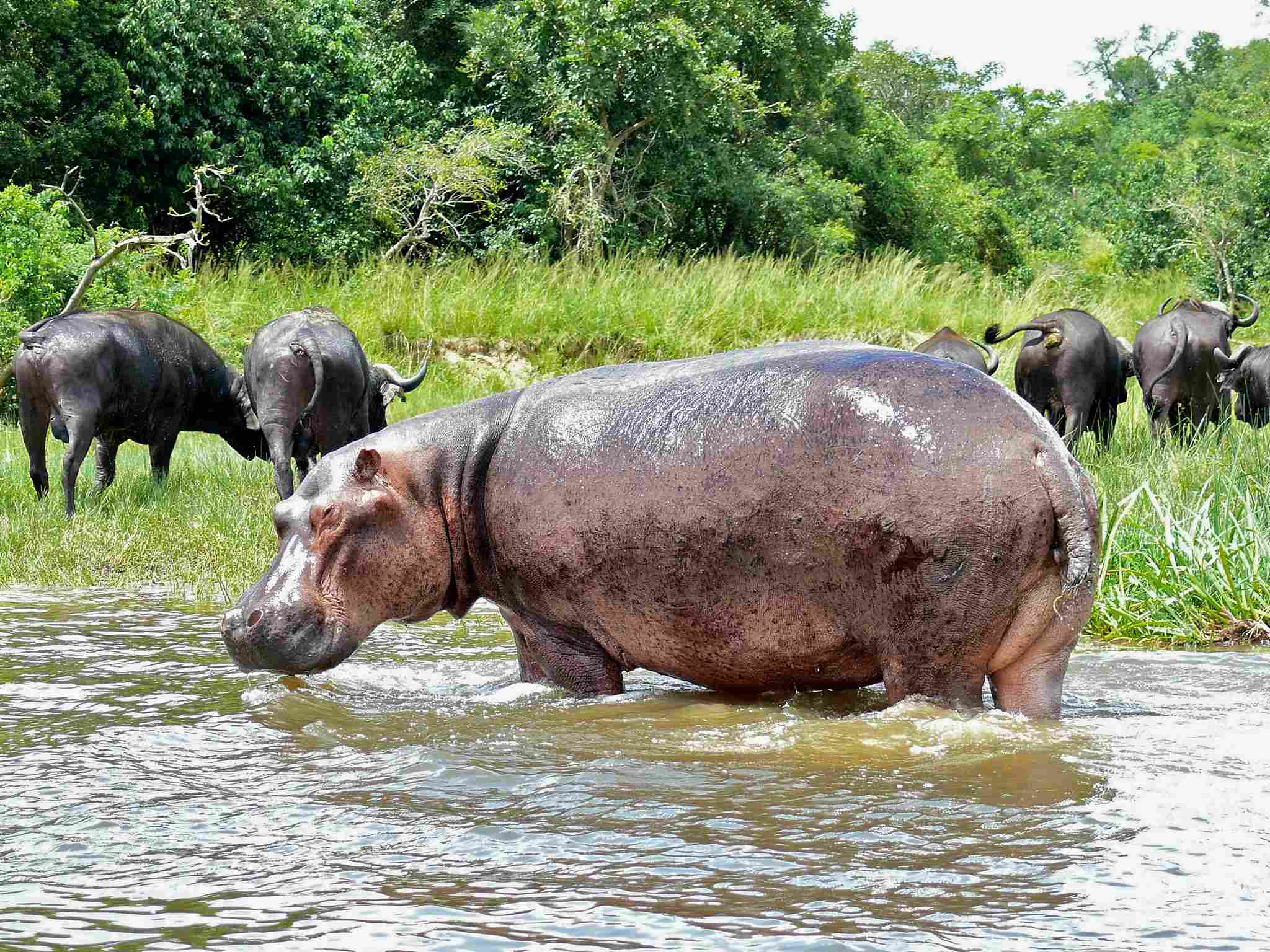
5). Bite Force
The bite force of an animal is a crucial factor in determining its ability to capture and consume prey, as well as defend itself against potential threats.
Hippos possess an impressive bite force, with their jaws capable of exerting a pressure of up to 1,825 pounds per square inch (psi). This immense bite force allows hippos to crush and tear through tough vegetation, as well as defend themselves against predators. It is a testament to their powerful jaws and formidable nature.
On the other hand, grizzly bears also possess a formidable bite force. With their strong jaws, grizzly bears can exert a pressure of up to 1,200 psi. This bite force enables them to catch and consume a variety of prey, including fish, small mammals, and even larger animals like moose.
In comparison, hippos have a higher bite force than grizzly bears, showcasing their incredible jaw strength. This advantage plays a significant role in their ability to dominate their environment and secure their place as one of the most powerful animals in the animal kingdom.
6). Overall Physical Capacity (Which is Stronger?)
On average, hippos are much stronger than grizzly bears for various reasons.
In terms of sheer size and weight, hippos have the advantage. They are the third-largest land mammal, with males weighing up to 3,500 kilograms (7,700 pounds). Grizzly bears, on the other hand, are smaller in comparison, with males weighing around 270 to 680 kilograms (600 to 1,500 pounds). This size difference gives hippos a significant advantage in terms of raw power.
However, when it comes to agility and speed, grizzly bears have the upper hand. They are known for their remarkable agility, capable of running at speeds of up to 35 miles per hour. Hippos, although powerful, are not as agile and can only reach speeds of around 19 miles per hour on land.
In a violent confrontation between these two animals, both possess formidable strength and have the potential to cause serious harm to each other. However, given the size advantage of hippos and their powerful bite force, they may have the edge in a direct confrontation.
Overall, while hippos may have the advantage in terms of size and raw power, grizzly bears possess greater agility and speed. The outcome of a confrontation between these two animals would depend on various factors, such as the specific circumstances and the individual strengths of each animal.
7). Habitat
The habitat of hippos and grizzly bears differs significantly due to their distinct geographic ranges and preferences for specific ecosystems. Hippos are primarily found in sub-Saharan Africa, inhabiting rivers, lakes, and swamps. They are well-adapted to aquatic environments, spending most of their time in water to keep cool and protect their sensitive skin from the sun. Hippos rely on the abundant vegetation found in these habitats for their diet.
On the other hand, grizzly bears are native to North America and can be found in a variety of habitats, including forests, mountains, and tundra. They have a wide geographic range, spanning from Alaska to parts of Mexico. Grizzly bears are highly adaptable and can thrive in different ecosystems, from coastal areas to inland forests. They are omnivorous, feeding on a diverse diet that includes berries, nuts, fish, and small mammals.
While both hippos and grizzly bears are formidable creatures, their habitat preferences reflect their unique adaptations and ecological roles. Hippos’ reliance on water and their specific diet make them crucial for maintaining the balance of aquatic ecosystems in Africa. Grizzly bears, with their ability to adapt to various habitats and their role as apex predators, play a vital role in regulating populations of prey species and shaping their respective ecosystems in North America.
8). Lifespan
The lifespan of hippos and grizzly bears varies significantly, reflecting their different biological characteristics and ecological contexts. Hippos have an average lifespan of around 40 to 50 years in the wild, although some individuals have been known to live up to 60 years. This relatively long lifespan can be attributed to their large size, formidable physical capabilities, and the absence of natural predators in their habitats.
On the other hand, grizzly bears have a shorter lifespan compared to hippos. In the wild, grizzly bears typically live for about 20 to 25 years. However, in captivity, where they are protected from many of the threats they face in the wild, grizzly bears can live up to 30 years or more. Factors such as habitat loss, hunting, and conflicts with humans contribute to the shorter lifespan of grizzly bears in the wild.
The contrasting lifespans of hippos and grizzly bears highlight the different challenges and pressures they face in their respective environments. While hippos benefit from their large size and dominance in their habitats, grizzly bears are more vulnerable to human activities and habitat degradation.
9). Behavior
The behavior of hippos and grizzly bears differs significantly, reflecting their distinct ecological roles and social dynamics.
When it comes to feeding, hippos are herbivores, primarily grazing on grasses and aquatic plants. They spend a significant amount of time in water, using their specialized jaws to tear and chew vegetation. On the other hand, grizzly bears are omnivores, with a diet that includes berries, nuts, fish, and occasionally larger mammals. They are skilled hunters and foragers, using their sharp claws and strong jaws to catch and consume their prey.
In terms of aggression, both hippos and grizzly bears can be highly territorial and protective of their young. Hippos are known for their aggressive nature, especially when they feel threatened or when their territory is invaded. They can charge at high speeds and use their powerful jaws to defend themselves. Grizzly bears, although generally more docile, can also exhibit aggressive behavior if they perceive a threat to themselves or their cubs. They may stand on their hind legs, roar, or even engage in physical confrontations.
Vocalization plays a crucial role in communication for both species. Hippos produce a range of vocalizations, including grunts, roars, and snorts, which they use to establish dominance, communicate with their group members, and warn off potential threats. Grizzly bears, on the other hand, are known for their deep growls and huffs, which they use to communicate with other bears and assert their dominance.
In terms of social behavior, hippos are semi-social animals, forming small groups called pods. These pods consist of a dominant male, several females, and their offspring. Grizzly bears, on the other hand, are mostly solitary animals, except during the mating season or when a female is raising her cubs. They have a larger home range and tend to avoid interactions with other bears.
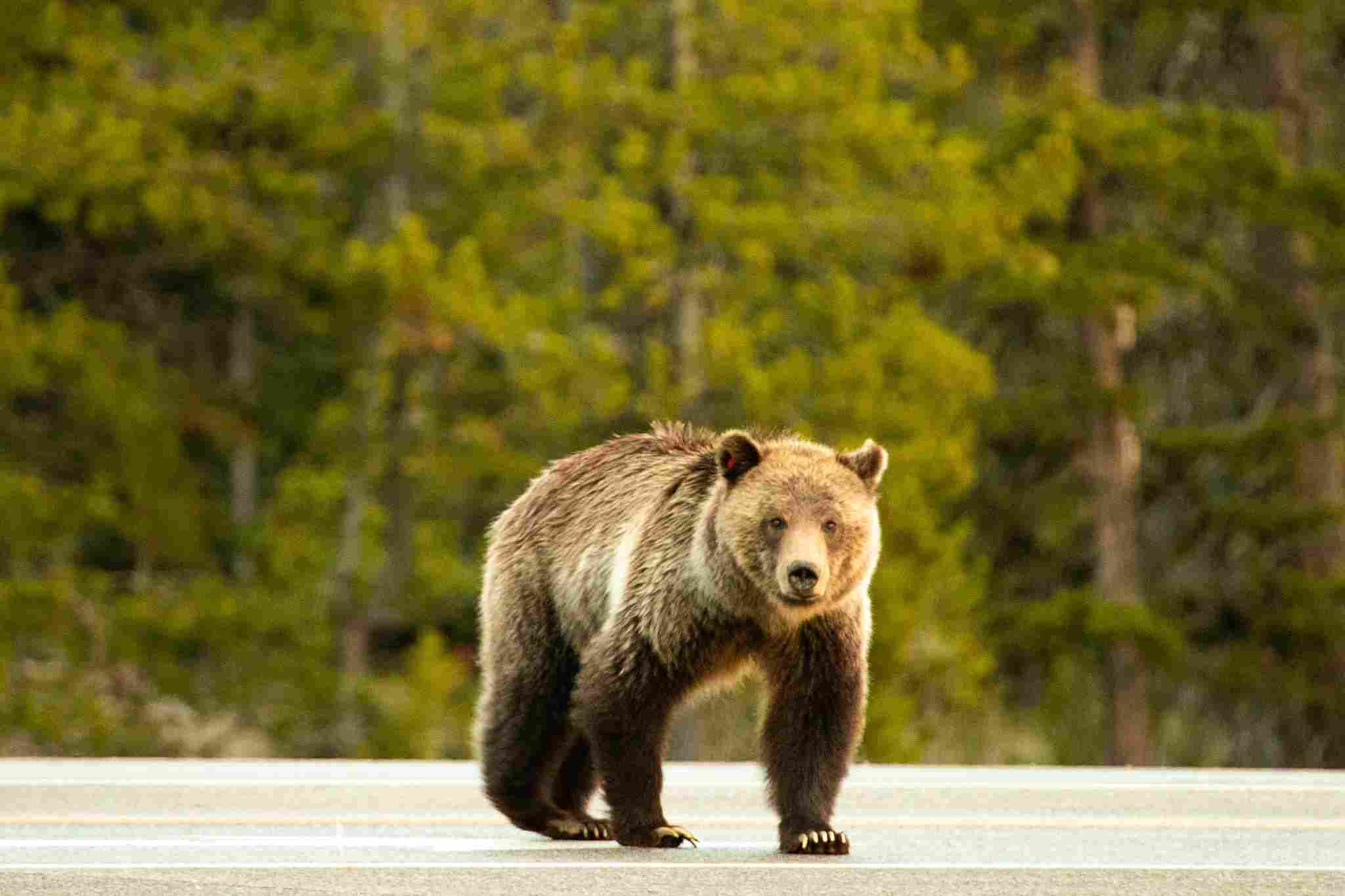
10). Reproduction
The reproductive strategies of hippos and grizzly bears differ significantly, reflecting their distinct biological characteristics and ecological adaptations.
Hippos are viviparous, meaning they give birth to live young. After a gestation period of approximately 8 months, a female hippo will typically give birth to a single calf. The calf is born in the water and is able to swim immediately. The mother will nurse the calf underwater, providing it with milk until it is able to graze on vegetation. This reproductive strategy allows hippos to ensure the survival of their offspring in their aquatic habitat.
In contrast, grizzly bears are also viviparous, but they have a longer gestation period of around 6-8 months. A female grizzly bear will typically give birth to 1-4 cubs in a den during the winter months. The cubs are born blind and hairless, and they rely on their mother for warmth and nourishment. The mother bear will nurse her cubs for several months before they are ready to venture out of the den. This reproductive strategy allows grizzly bears to ensure the survival of their cubs in their terrestrial habitat.
When comparing the reproductive strategies of hippos and grizzly bears, it is clear that they have adapted to their respective environments in order to maximize the chances of their offspring’s survival. While hippos give birth to a single calf in the water, grizzly bears give birth to multiple cubs in a den. These strategies reflect the different challenges and opportunities presented by their habitats.
11). Danger Posed to Humans
When it comes to the danger posed to humans, it is important to consider the behavior and physical capabilities of both hippos and grizzly bears. While both animals can be dangerous, the hippo is often considered to be more dangerous than the grizzly bear.
Hippos are responsible for a significant number of human deaths in Africa each year. They are known to be highly territorial and can become extremely aggressive if they feel threatened. With their massive size and powerful jaws, hippos are capable of inflicting serious injuries or even killing humans. It is crucial to exercise caution and maintain a safe distance when encountering hippos in the wild.
On the other hand, grizzly bears are also known to be potentially dangerous to humans. However, they generally avoid human contact and will only attack if they feel threatened or provoked. The rate of human deaths caused by grizzly bears is relatively low compared to hippos.
If you happen to encounter a hippo or a grizzly bear in the wild, it is important to take certain precautions to ensure your safety. Avoid approaching the animal and give it plenty of space. Do not disturb or provoke the animal in any way. It is also advisable to make noise and slowly back away if the animal shows signs of aggression.
Drawing from the above, while both hippos and grizzly bears can pose a danger to humans, hippos are generally considered to be more dangerous due to their territorial nature and powerful jaws.
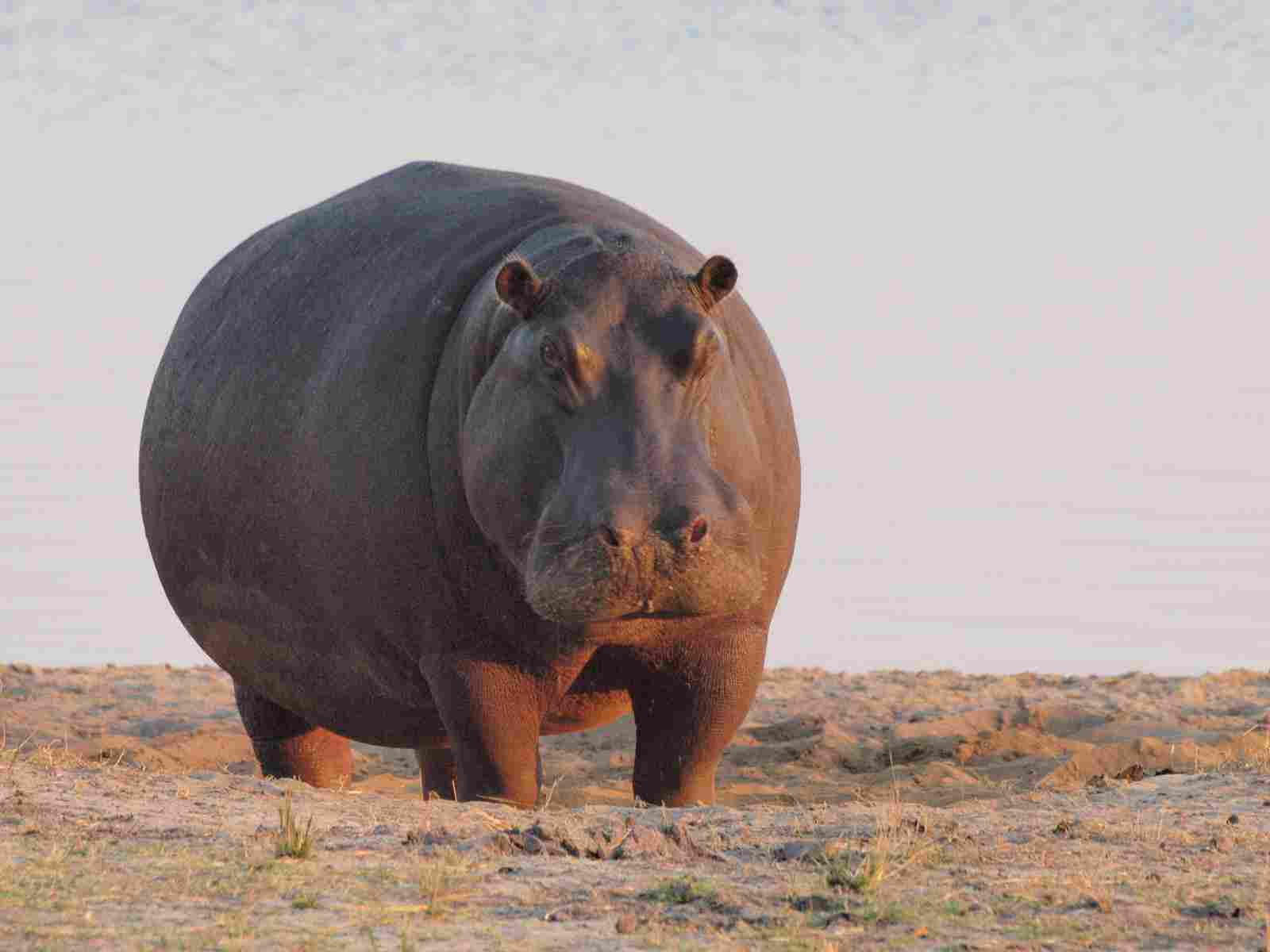
12). Conservation Status
The conservation status of both hippos and grizzly bears is a topic of concern due to the main threats to their survival in the wild. Both animals face challenges that impact their populations and habitats.
Hippos are currently classified as “vulnerable” by the International Union for Conservation of Nature (IUCN). The main threats to their survival include habitat loss, poaching, and human-wildlife conflict. As human populations expand and encroach upon hippo habitats, their natural habitats are being destroyed or fragmented. Additionally, illegal hunting for their meat, ivory teeth, and skin poses a significant threat to their populations.
On the other hand, grizzly bears are listed as “threatened” in some regions, such as the contiguous United States. The main threats to their survival include habitat loss, hunting, and climate change. Grizzly bears require large, intact habitats to thrive, but human activities such as logging, mining, and urban development have resulted in habitat fragmentation and loss. Additionally, hunting and poaching have historically impacted grizzly bear populations. Climate change also poses a threat as it alters their habitats and affects their food sources.
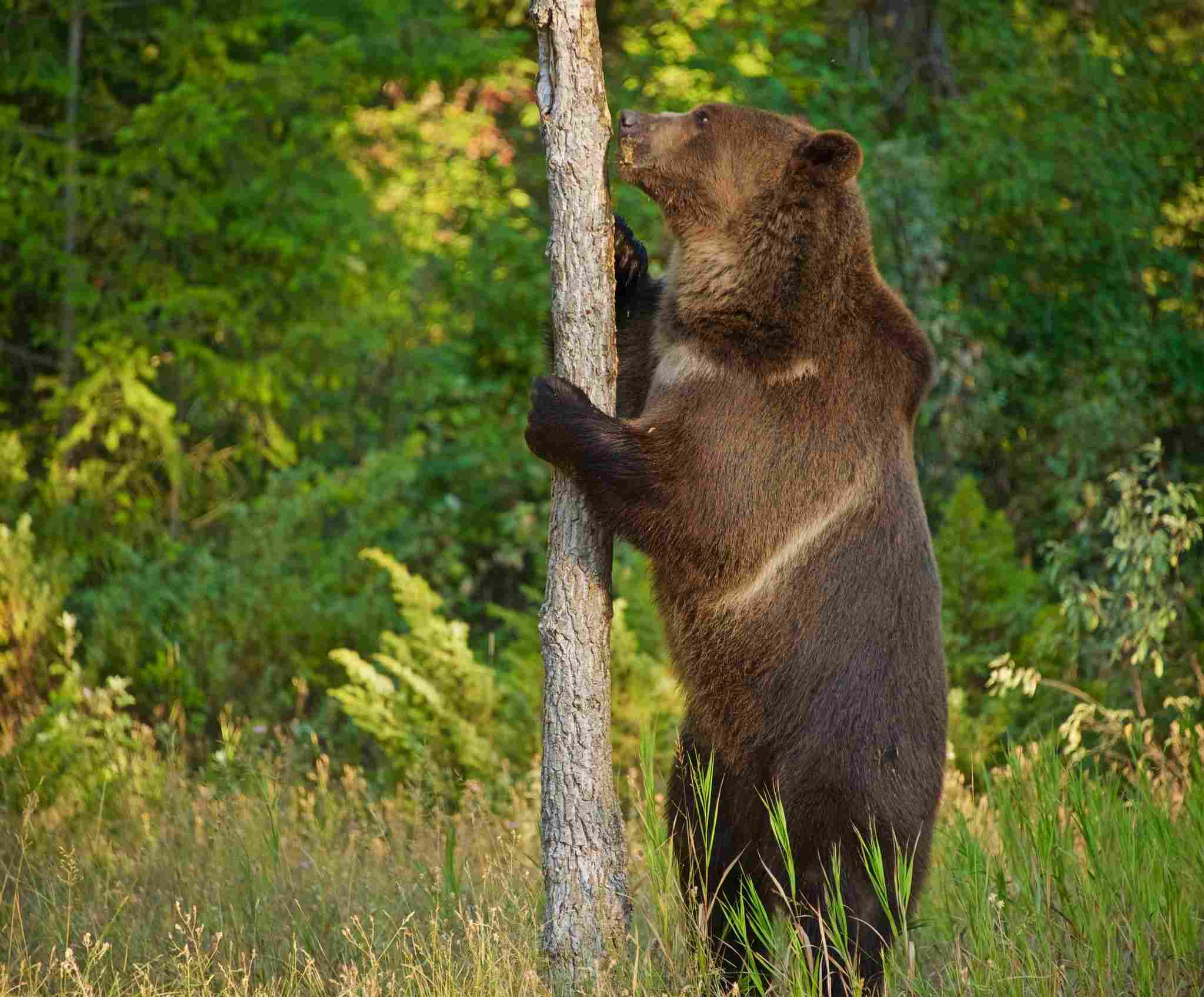
Conclusion
I). SIMILARITIES
In comparing hippos and grizzly bears, several similarities can be observed. Both animals are large and powerful, with impressive physical capabilities. They are also both at risk due to human activities and environmental factors. Hippos and grizzly bears face threats such as habitat loss, hunting, and climate change, which have a significant impact on their populations and survival in the wild.
II). DIFFERENCES
Despite their similarities, there are notable differences between hippos and grizzly bears. One key difference lies in their taxonomy and ecological roles. Hippos are semi-aquatic mammals, spending a significant amount of time in water, while grizzly bears are terrestrial animals. Additionally, hippos are herbivores, primarily feeding on grasses and aquatic plants, while grizzly bears are omnivores, consuming a varied diet that includes fish, berries, and other animals.
Another difference lies in their physical characteristics. Hippos are known for their massive size and weight, with males weighing up to 3,500 kilograms, while grizzly bears are smaller, with males weighing around 270-680 kilograms. Additionally, hippos possess a powerful bite force, capable of crushing bones and inflicting severe injuries, while grizzly bears rely on their strength and agility to catch prey.

